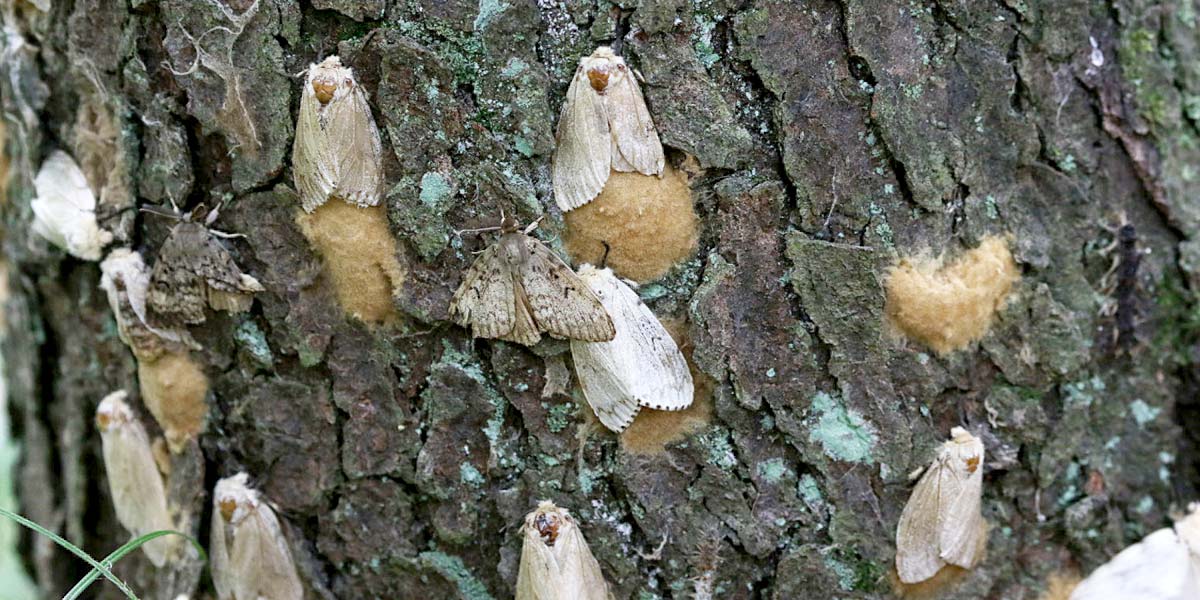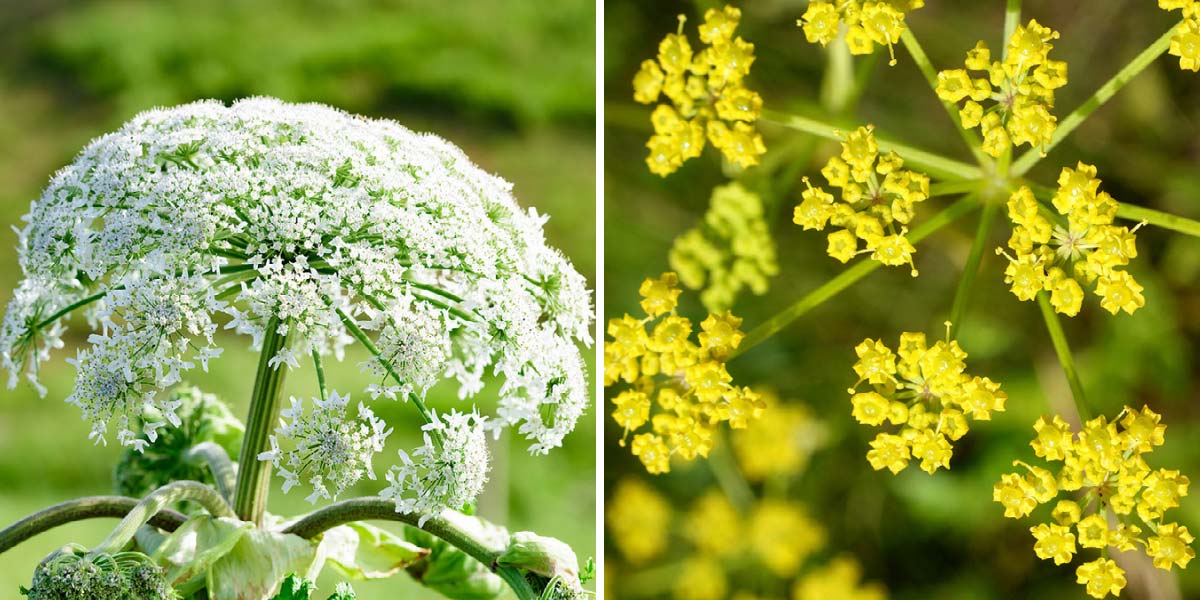
Invasive species pose significant risks to both land and water ecosystems, causing severe damage. They are recognized as a major threat to Canada's native wildlife, as they have the capacity to outcompete and eliminate indigenous species. Moreover, these species exhibit rapid growth, reproduction, and aggressive spreading tendencies.
| What is the Town of Whitby doing? |
| The Town of Whitby manages invasive species in our parks, trails and green spaces. Learn about the invasive species Town staff have identified within our boundaries, how we are responding and what you can do to stay safe. |
| Impacts of Invasive Species |
|
Environmental Impacts – invasive species can reduce biodiversity and threaten native species by outcompeting native species for resources such as space, light, water and food. Invasive species can also prey on native species or carry diseases and parasites. Economic Impacts – invasive species affect agricultural productivity, forestry, public utility operations, native fisheries, and can damage buildings and infrastructure. Additionally, there are direct costs associated with invasive species control efforts. Social Impacts – invasive species threaten recreational and outdoor activities such as hiking, swimming, fishing, boating, and visiting local parks. |
|
Unraveling the Pathways: How Invasive Species Spread Across Regions |
|
Discover the pathways through which invasive species spread from one area to another. Learn about human-mediated channels like trail use, boating, fishing, pet release, accidental escapees, firewood movement, horticulture, shipping, and canals. Understand the significance of these pathways in the rapid expansion of invasive species to minimize their impact on our ecosystems. |
Whitby Invasive Species

European Fire Ants

Spongy Moth

Giant Hogweed and Wild Parsnip
| European Fire Ant |
|
The European fire ant is a non-native, invasive species that is a nuisance pest for people and animals. These insects defend their territory by stinging anything they see as a threat. The sting feels similar to that of a bee or wasp. In rare cases, a sting may cause anaphylactic shock, requiring immediate medical attention. The European fire ant prefers a warm, moist outdoor habitat for nesting and foraging. Reported infestations in Whitby are limited to natural areas and properties that back onto them. Town responseCurrently there are no effective, long-term methods for controlling the European fire ant in parks and natural areas. Staying safeWhen travelling through parks and natural areas, follow these tips to protect yourself from European fire ants:
On private property, follow these steps to control European fire ants:
|
| Spongy Moth (Lymantria dispar dispar; formerly referred to as European Gypsy Moth) |
|
The spongy moth is an invasive insect from Europe that was introduced in Ontario in 1969. Spongy moth caterpillars are 5 to 60 millimetres in length, dark and hairy, with five pairs of blue dots and six pairs of red dots on the back. Spongy moth was identified in your area in 2020 and may continue for two to five years in any one location. Natural control factors such as disease, parasites and predators eventually combine to cause a collapse of these outbreaks. The spongy moth caterpillar is known to feed on most species of hardwood trees. Healthy trees can withstand one to several years of severe defoliation by spongy moth. Under normal circumstances, defoliated trees should regrow their leaves in two to three weeks or by early July depending on the year. Town responseThe Town of Whitby will continue to monitor the spongy moth infestation to determine if any control action is required. Actions you can takeIf you are concerned, you can help reduce spongy moth populations by following these techniques: May to July: Hand Pick CaterpillarsHandpicking caterpillars is most effective on small newly planted trees, shrubs, and plants infested with spongy moth. If possible, gently shake the tree so caterpillars fall from leaves. Thoroughly inspect the remaining foliage, branches, and trunk for caterpillars and using gloves, pick them off your tree. Fallen and collected caterpillars should be placed and left to soak in soapy water to destroy them. May to September: Burlap BandingOnce spongy moth caterpillars grow to about an inch (2.5 cm) in length by mid-June, they will move down the trunk to seek shelter from predators and heat. Reduce the number of larvae on the trees in your yard by trapping them. Recommended Supplies
Step-by-Step Instructions
August to May: Egg Mass RemovalLook for egg masses on tree bark and scrape them off. Place eggs into soapy water to destroy them. Required Supplies
Step-by-Step Instructions
Egg masses can be located high up in trees. Care needs to be taken if trying to access anything aloft, especially if using ladders. Should you have any additional questions, please contact the Town of Whitby, Public Works Department, Operational Services Division at 905.668.3437 or email at pw.operations@whitby.ca. |
| Giant Hogweed and Wild Parsnip |
|
Giant hogweed and wild parsnip are both invasive perennial plants belonging to the carrot family, native to Europe and Asia. They grow in many areas throughout southern Ontario and are now widespread in Whitby's naturalized areas, particularly along stream banks, roadsides and open areas. The sap from these plants can make skin extremely sensitive to sunlight and cause a burn-like rash. If you suspect you have giant hogweed or wild parsnip on your property, we recommend hiring a licensed professional to identify and safely remove the plant(s). Town responseTo protect trail users, trained Town staff have installed warning signs and are applying herbicides to plants located within a three-metre buffer area along trails. Due to the number of plants and size of the affected area, total removal of the plant is not an option. If you see or suspect giant hogweed or wild parsnip on Town property, contact us at 905.668.3437 or email us. Staying safeFollow these tips to protect yourself from giant hogweed and wild parsnip:
If you come into contact with the sap, do the following:
|
What Can You Do?
There are multiple way’s you can help prevent the spread of invasive species. Here is a list of seven (7) actions you can take:
- Plant native plants and remove any invasive plants from your garden;
- Regularly clean your boots or shoes, gear, boat, tires, and any other equipment you use outdoors;
- Buy firewood near your campsite (within 15 km);
- Stay on designated trails and keep your pets on a leash;
- Dump bait live or dead on land at least 30 meters from a waterbody;
- Learn to identify invasive species; and
- Report any suspected sightings to the Invading Species Hotline at 1-800-563-7711 or EDDMaps.org.
Resources
For more information about invasive species, please visit the following websites:
Contact Us




